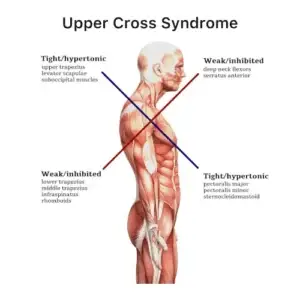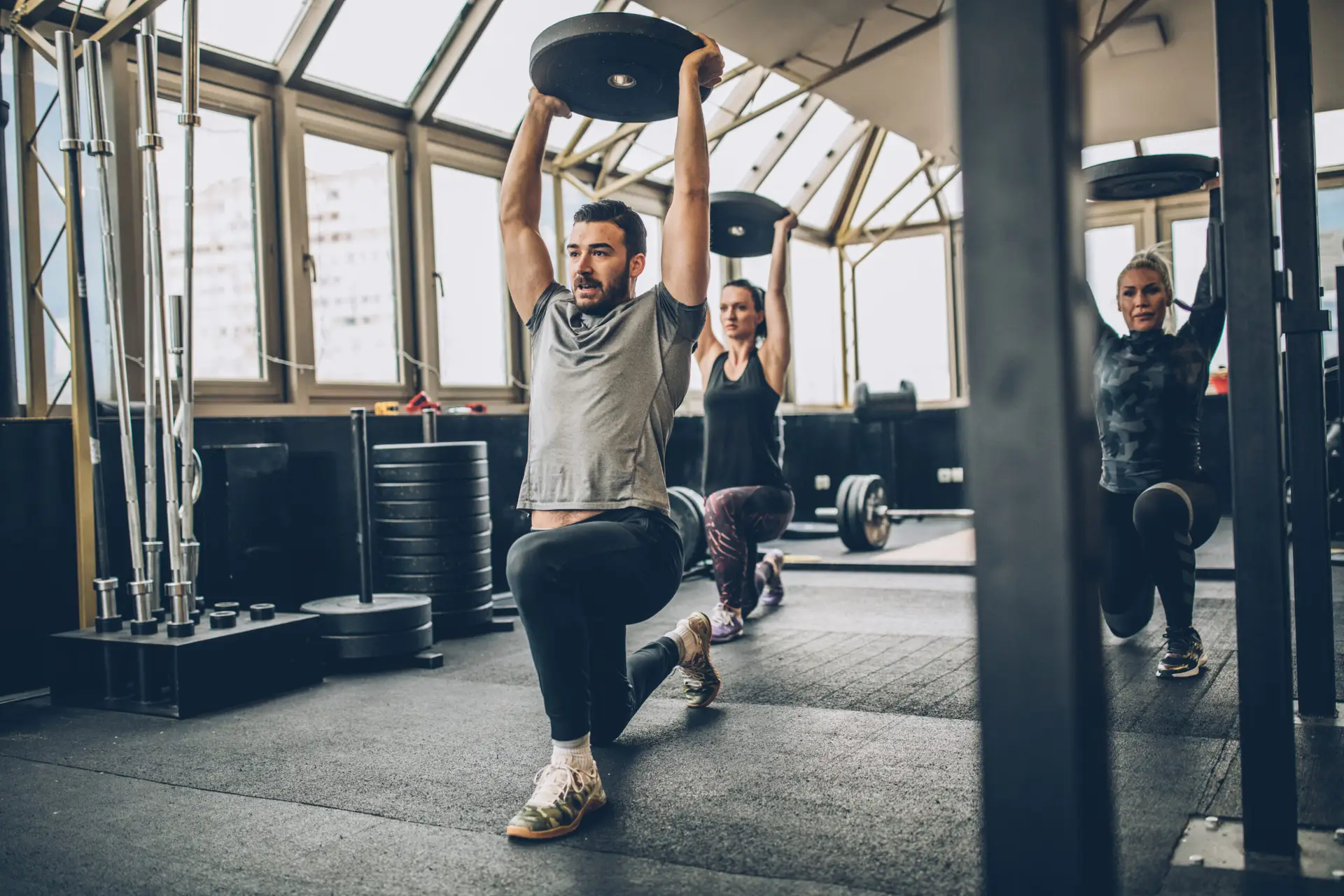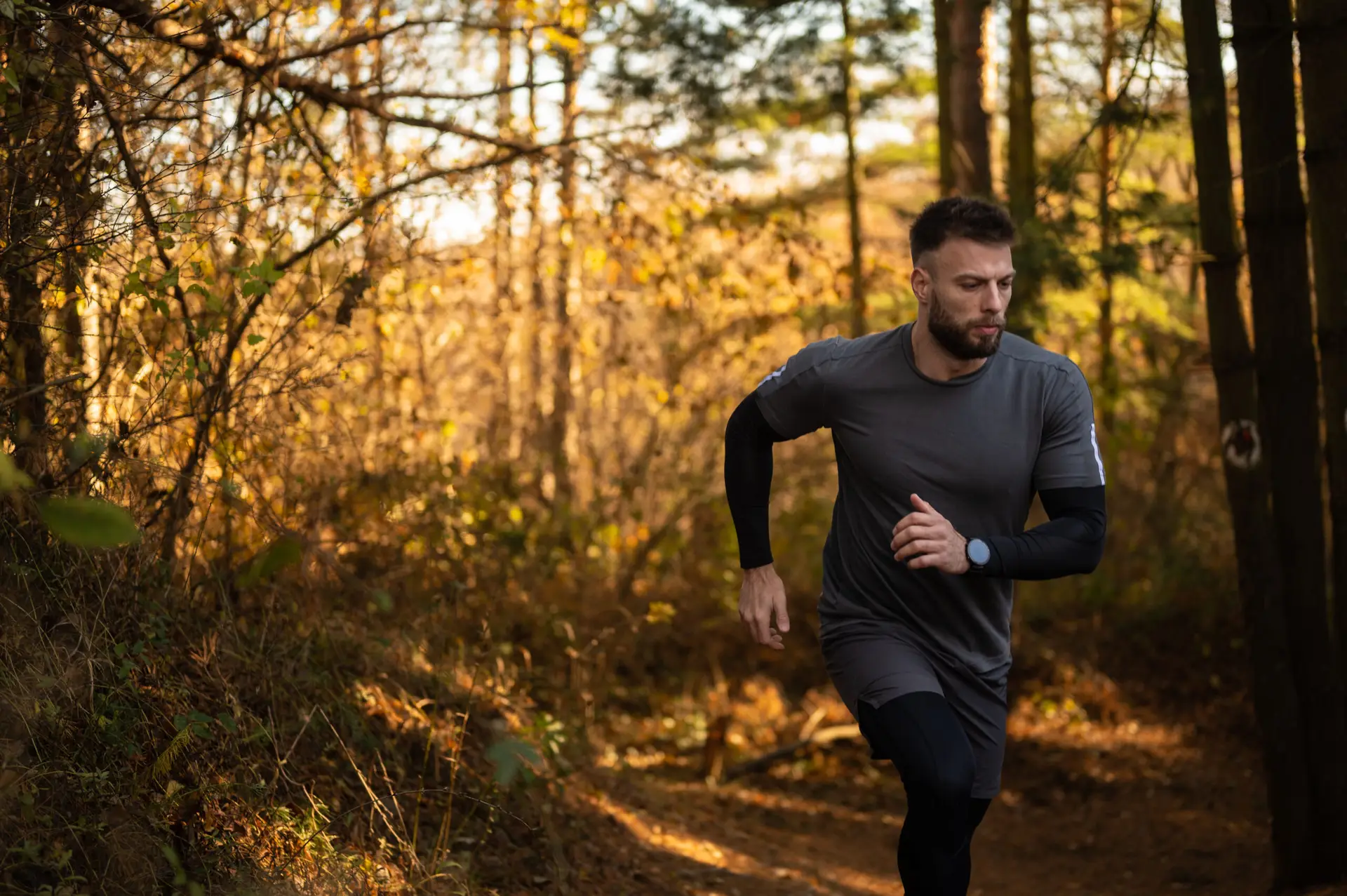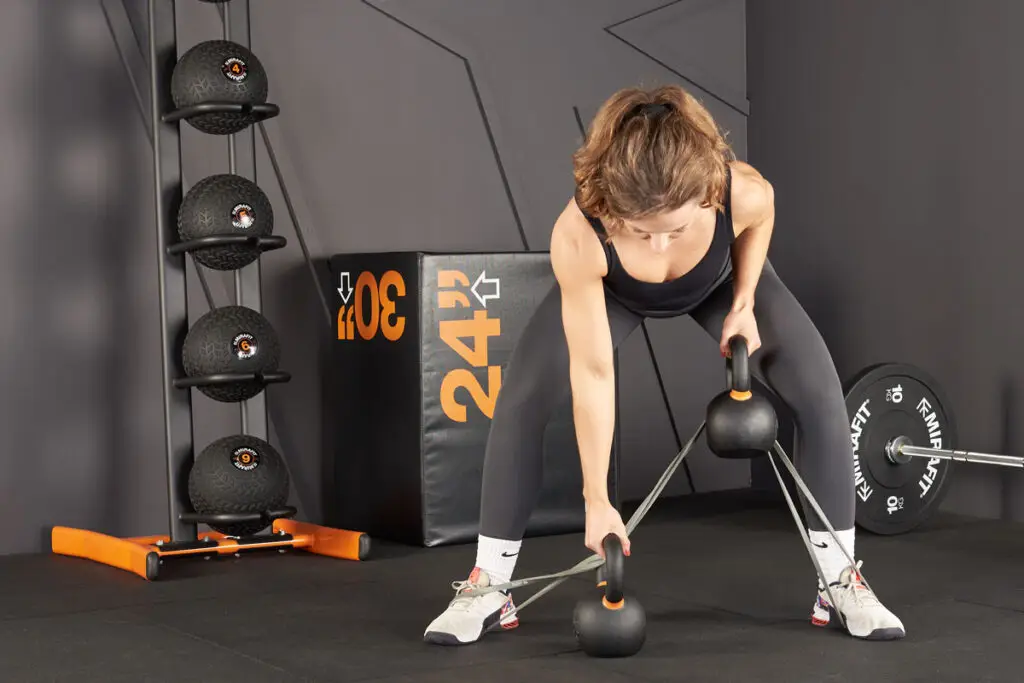Strength training is an excellent way to build muscle, improve bone density, and boost overall health. Whether you’re just getting started or have dabbled in workouts before, this beginner-friendly guide will introduce you to beginner strength training, with a focus on functional movements that have real-life benefits.
Why Strength Training?
Beginner strength training goes beyond just lifting weights. It plays a crucial role in developing overall fitness, improving posture, and preventing injuries. Engaging in regular strength training workouts can:
- Boost metabolism
- Improve posture and balance
- Reduce the risk of injury
- Increase endurance and stamina
Functional Movements: The Foundation of Beginner Strength Training
When embarking on your beginner strength training journey, focusing on functional movements is essential. These exercises mimic the natural movements your body performs daily. They target multiple muscle groups, improve coordination, and make everyday tasks easier.
Here are five key functional movements to include in your beginner strength training routine:
1. Squats
Squats are one of the most fundamental exercises in beginner strength training. They target your glutes, hamstrings, quads, and core, making them essential for building lower-body strength.
- How to perform: Stand with feet shoulder-width apart, hinge your body back, and bend your knees as if sitting in a chair. Ensure your knees don’t extend beyond your toes. Check out this video on correct squat technique.
- Why it matters: Squats are a foundational movement in beginner strength training because they mimic everyday actions like sitting and standing.
- Tips: Start with bodyweight first. Once confident in your form, gradually add weights. For better activation of your quads and glutes, add a resistance band around your hips.
2. Deadlifts
Deadlifts are another vital part of beginner strength training, helping to strengthen your back, core, glutes, and hamstrings.
- How to perform: Stand with feet hip-width apart, hinge at your hips, and lift a weight (barbell or dumbbells) while keeping your back flat and core engaged. Watch this deadlift guide to ensure proper form.
- Why it matters: Deadlifts are crucial in beginner strength training because they replicate movements like picking up objects, teaching you how to lift properly and avoid injury.
- Tips: Start with bodyweight first to activate your glutes and lower back muscles. Consider performing good mornings or glute bridges before deadlifts for better activation.
3. Push Upper Body Movements
Push movements are a core component of beginner strength training and help build strength in your chest, shoulders, and triceps.
- How to perform: IYTs, followed by overhead presses, chest flies, and tricep pushdowns, are fundamental. These can be done with resistance bands at home or in a small gym. Check out this IYT video for cues.
- Why it matters: Incorporating push movements into your beginner strength training routine improves upper body strength and posture.
- Tips: Start with bodyweight and gradually add light resistance, like water bottles or cans. Prone position is most effective and reduces injury risk.
4. Pulling Upper Body Movements (Rows)
Rows are essential for balancing out your beginner strength training routine. These pulling exercises strengthen your upper back, shoulders, and arms.
Many people suffer from Upper Cross Syndrome, where the neck and chest muscles become imbalanced due to poor posture from prolonged sitting.
Upper Cross Syndrome occurs when muscles in the neck, shoulders, and chest become imbalanced, leading to issues such as a hunched back or rounded shoulders. Strengthening your back muscles—specifically your mid/lower traps, rhomboids, and lats—can help correct this. Incorporating rows in your beginner strength training routine can correct this by strengthening your mid/lower traps, rhomboids, and lats.

Upper Cross Syndrome occurs when the muscles in the neck, shoulders, and chest become imbalanced, often due to poor posture from prolonged sitting or desk work. Incorporating rows in your beginner strength training can improve overall posture
- How to perform: Use dumbbells or bands, bend at the waist, and row the weights toward your ribcage, squeezing your shoulder blades together. Watch this barbell row guide.
- Why it matters: Pulling movements in beginner strength training improve posture, prevent rounded shoulders, and strengthen the back.
- Tips: For beginners, resistance bands are ideal for pulling movements because they have a lower injury risk. Here are my favorite bands from Amazon. Check out the comparison of bands commonly used in gyms for more insights.
5. Lunges
Lunges are fantastic for improving balance and strengthening your quads, glutes, and hamstrings. Incorporating lunges in your beginner strength training will improve balance and strengthen the quads, glutes, and hamstrings. With multiple variations, they can target different muscle groups.
- How to perform: Take a step forward, bend both knees to form a 90-degree angle, and push back to the starting position. Learn how to lunge properly here.
- Why it matters: Lunges mimic walking and climbing stairs, making them an important functional movement in your beginner strength training program.
- Tips: Perform lunges barefoot or with minimal footwear for better alignment from ankles to pelvis. This reduces instability and the risk of injury.
How to Get Started with Strength Training
If you’re new to beginner strength training, here are some essential tips to help you get started:
- Start Light: Use light weights or bodyweight exercises to master your form before progressing to heavier weights.
- Consistency is Key: For effective beginner strength training, aim to work out at least 2-3 times per week, focusing on different muscle groups to allow for proper recovery.
- Prioritize Core Exercises: A strong core is essential for maintaining balance and stability in strength training.
- Warm-Up and Cool Down: Begin your workouts with dynamic stretches and end with static stretches to aid muscle recovery.
- Track Your Progress: Use a workout journal or fitness app to record your sets, reps, and weights. Tracking your progress is crucial for motivation in your beginner strength training journey.
Beginner-Friendly Workout Plan
Here’s a simple beginner workout that you can try at home or in the gym:
Push Workout:
- Core Activation (3 sets of 10-12 reps): Good Mornings, Planks, Side Planks, Bird Dogs, Wood Chops, Crunches
- IYTs: 3 sets of 8-10 reps
- Overhead Presses: 3 sets of 8-10 reps
- Chest Flies: 3 sets of 8-10 reps
- Tricep Pushdowns: 3 sets of 8-10 reps
- Lunges: 3 sets of 10 reps (each leg)
- Squats: 3 sets of 10 reps (each leg)
Pull Workout:
- Core Activation (3 sets of 10-12 reps): Good Mornings, Planks, Side Planks, Bird Dogs, Wood Chops, Crunches
- Deadlifts: 3 sets of 10 reps (start with light dumbbells)
- Rows: 3 sets of 10 reps
- Lunges: 3 sets of 10 reps (each leg)
- Squats: 3 sets of 10 reps (each leg)
Stay Consistent and Enjoy the Process
Remember, strength training is a journey. Every step counts, so focus on form, consistency, and gradual progression. Don’t worry about lifting heavy right away—just make sure you’re doing the movements correctly.
If you’re looking for more resources to help you in your beginner strength training journey, check out this guide on beginner workouts and these tips for improving workout recovery.
Beginner strength training doesn’t just build physical strength; it also boosts your mental resilience. Stay motivated, celebrate your progress, and enjoy the transformation!


